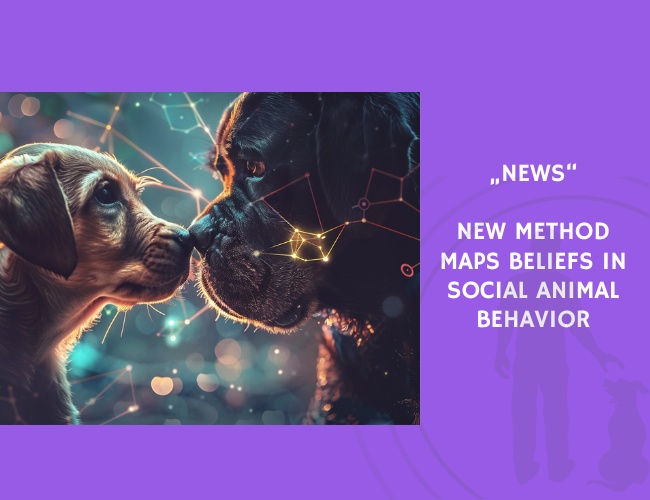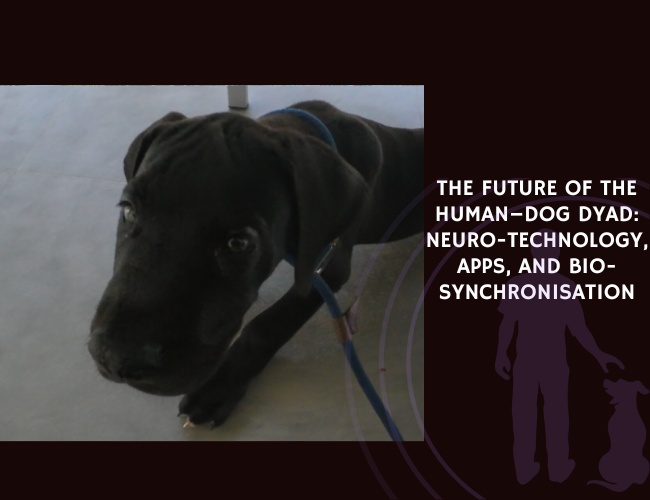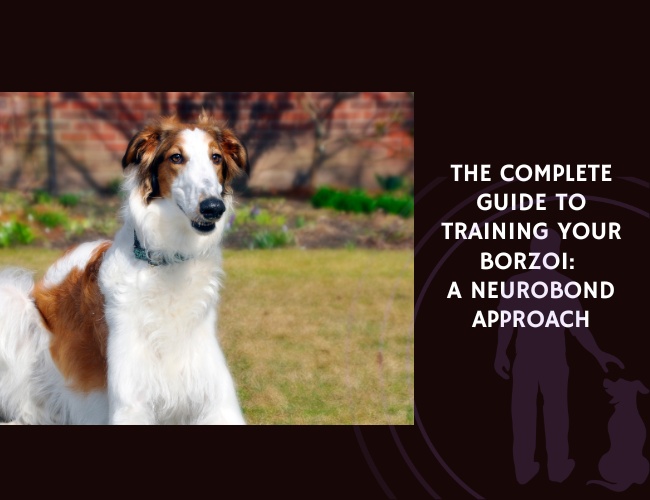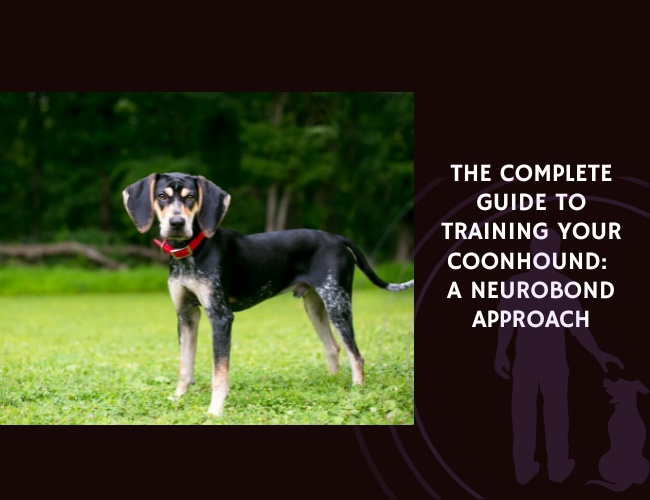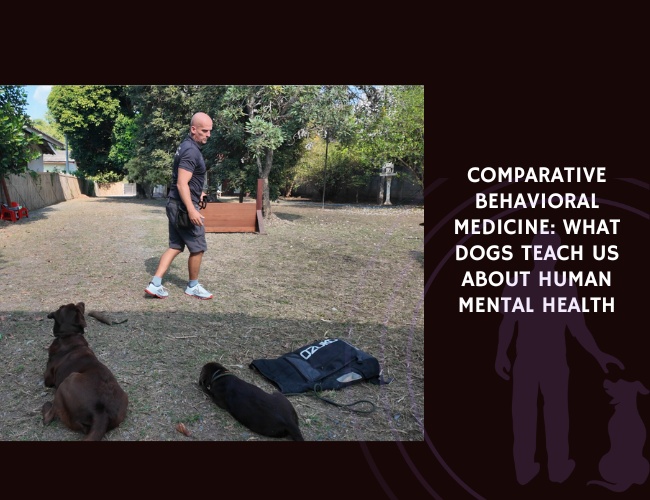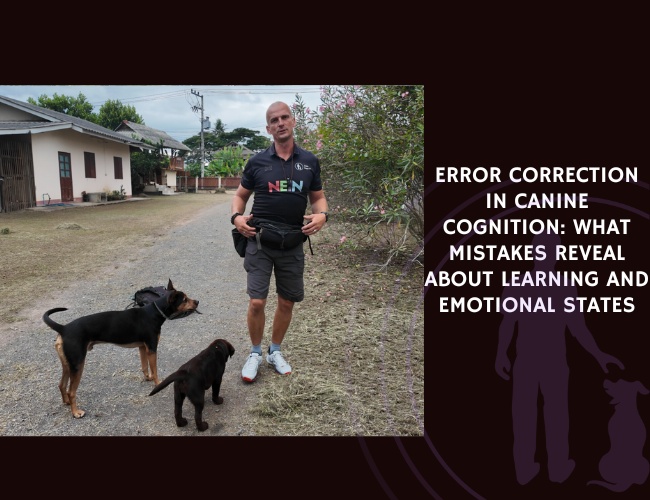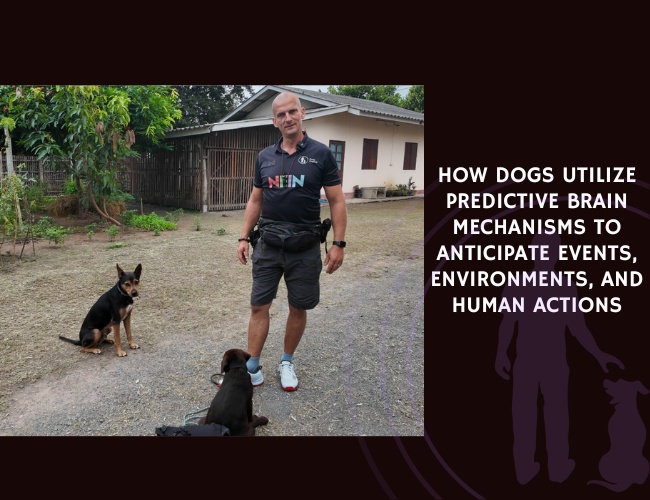Zoeta Dogsoul explores groundbreaking research in social cognition through multi-agent reinforcement learning. What if dogs could model each other’s minds?
Can animals model each other’s minds? A groundbreaking study by Chen, Radulescu & Wu (2024) demonstrates that they can — and that AI can decode how.
Published on bioRxiv, the research introduces Multi-Agent Inverse Reinforcement Learning (MAIRL) — a method to uncover internal belief structures that guide cooperative or competitive behavior. Simulations and real-world data from human and monkey behavior revealed evolving goal maps and interaction patterns that were previously unobservable.
The study showed that in a cooperative hallway task, MAIRL could identify how humans adjusted predictions over time. In monkeys, the model detected social hierarchies and mutual strategy expectations — a direct window into latent cognitive states.
For behaviorists, trainers, and cognitive scientists, this method reframes how we understand social learning — not as reaction, but as recursive strategy-building.
At Zoeta Dogsoul, we view this as strong validation of our communication-first approach. Our NeuroBond Invisible Leash Program is built on emotional modeling — not command-and-response.
Key insights:
- 🧠 Animals hold internal models of others’ behavior and update them dynamically.
- 🐒 In monkeys, social rank influenced predictive behavior.
- 🤝 MAIRL enables AI to map belief systems without hardcoding task rules.

